Painting on canvas is an incredibly rewarding experience that allows you to express your creativity and bring more control over your ideas and paintings to life. Whether you're a beginner or an experienced artist, painting on canvas can be a fun and exciting journey. In this guide, we will cover everything you need to know about how to paint on canvas, from choosing the right materials to creating your masterpiece.
Are you ready to unleash your inner artist? Painting on canvas can be a fulfilling and rewarding experience, but it can also be intimidating for beginners. Don't worry – we've got you covered! In this beginner's guide, we'll walk you through the basics of painting on canvas, from selecting the right materials to mastering different techniques. Whether you're looking to create a masterpiece or just want to explore your creativity, this post will provide all the tips and tricks you need to get started. So grab your paintbrushes and let's dive in!
Materials Needed for Painting on Canvas
Before you start painting on canvas, you need to make sure you have the right materials. Here are the essential materials you'll need:
Canvas
Choose a high-quality linen canvas that is stretched over a wooden frame. You can purchase pre-stretched linen canvases, or stretch your own. Make sure the canvas is primed and ready to use.
Paint
Choose paint that is specifically designed for use on canvas, such as acrylic or oil paint. You'll need a variety of thick layers of colors to create your masterpiece.
Brushes
Invest in a set of high-quality brushes in different sizes and shapes. You'll need flat brushes for filling in large areas and round brushes for adding details.
Palette
Use a palette to mix your paint and create new colors. You can use a traditional palette or a disposable palette.
Easel
Use an easel to hold your canvas in place while you paint. You can choose from a variety of easel types, including tabletop, floor, or portable easels.
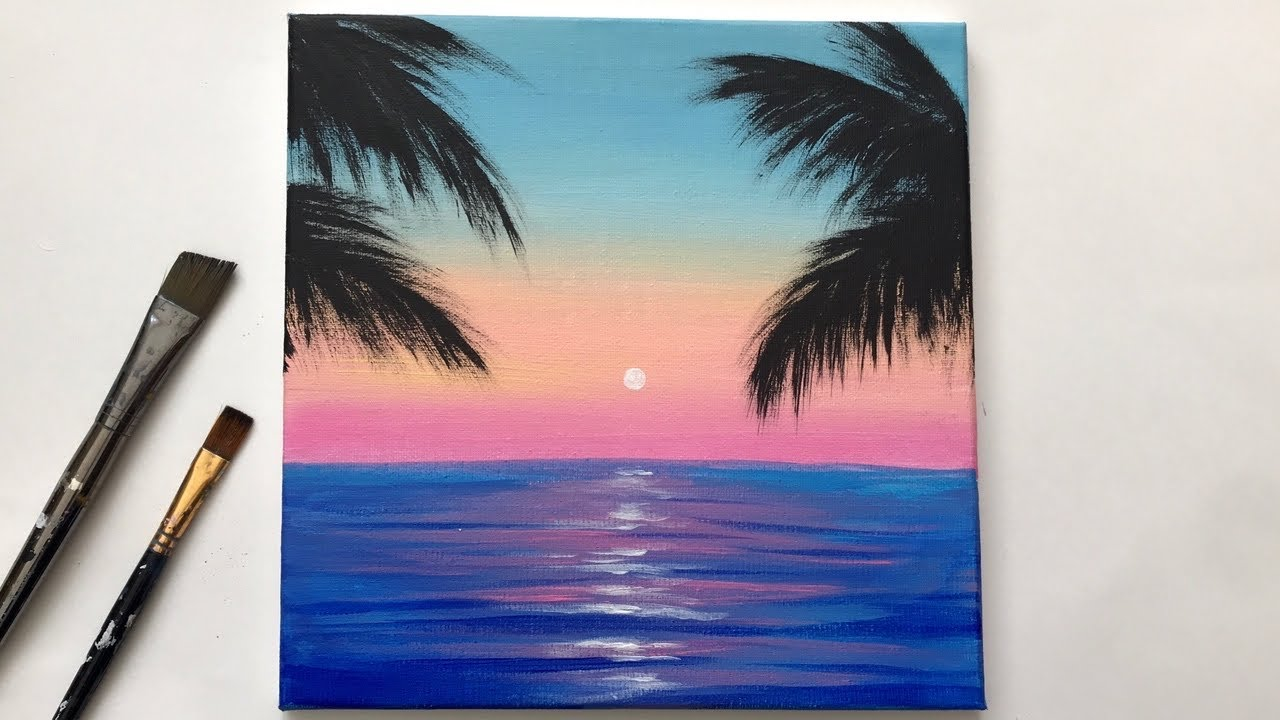
Steps to Painting on Canvas
Now that you have all the necessary materials, it's time to start painting. Here are the steps to do oil painting on canvas:
Step 1: Prepare Your Workspace
Choose a well-ventilated area with good lighting to paint in. Cover your workspace with a drop cloth to protect it from paint spills.
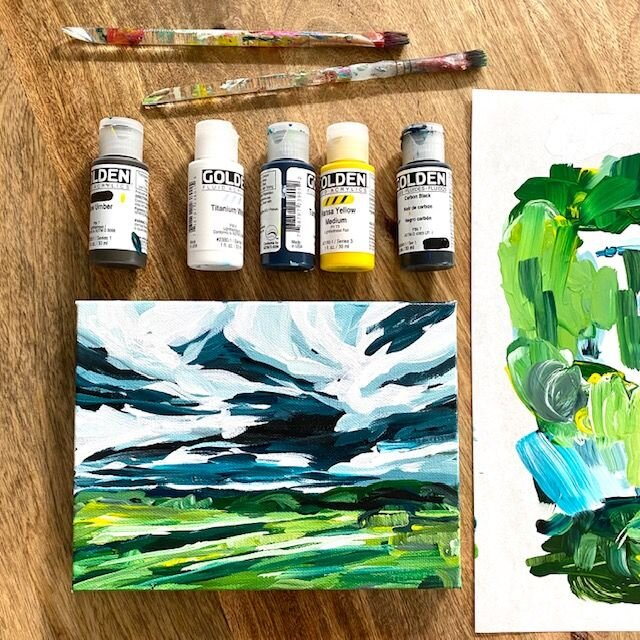
Step 2: Choose Your Subject
Decide what you want to paint and sketch out your design lightly on the canvas with a pencil.
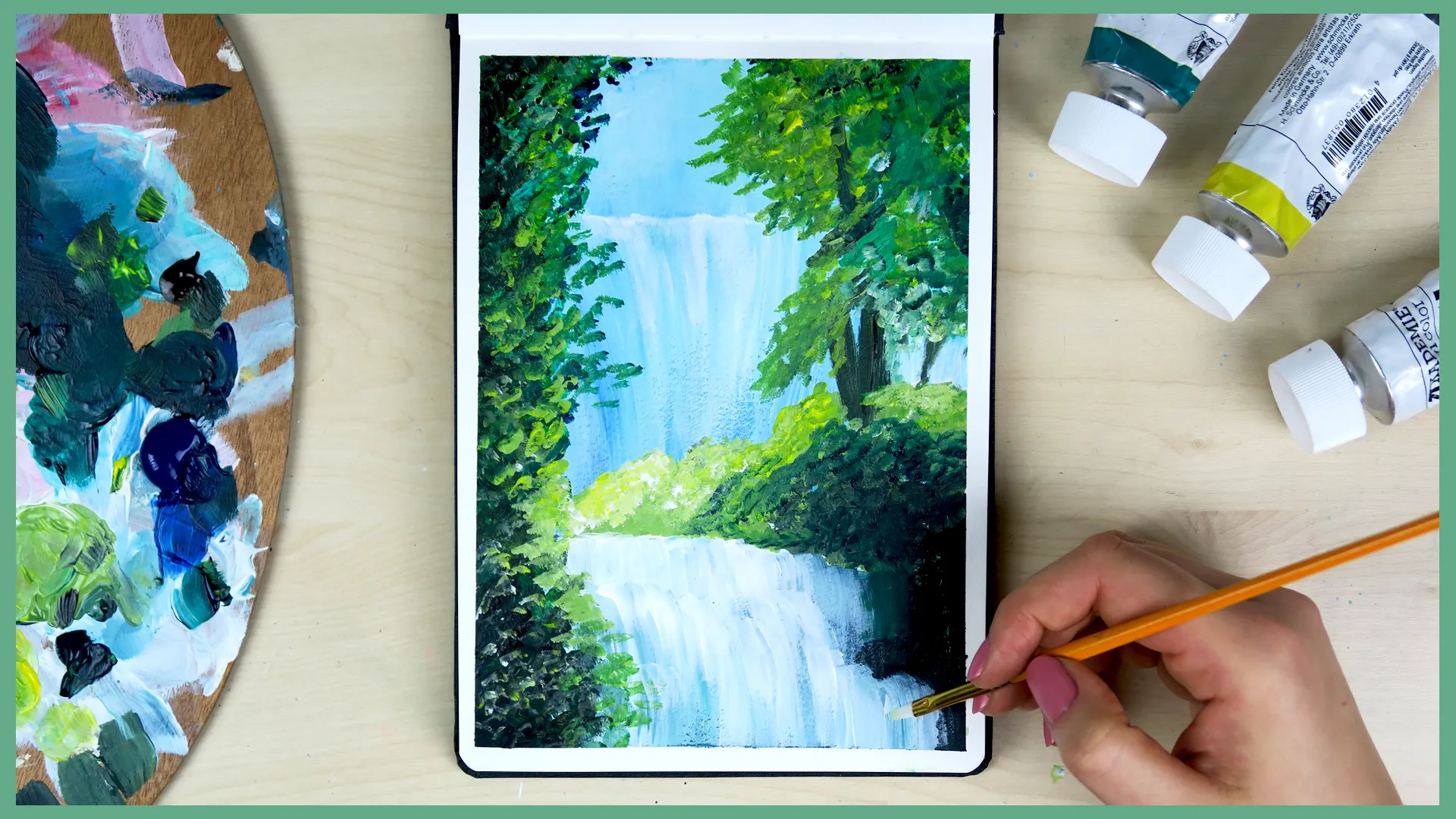
Step 3: Mix Your Paint
Use your palette to mix your paint and create the colors you'll need for your painting technique. Start with the lightest colors and work your way to the darker colors.

Step 4: Start Painting
Use your brushes to apply the first coat of paint to the canvas. Start with the background and work your way forward, layering colors to create depth.
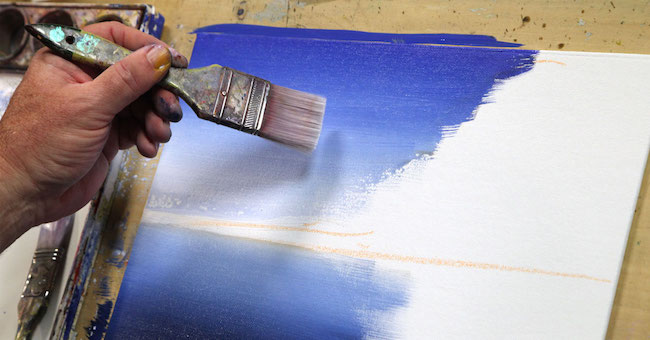
Step 5: Add Details
Once you have the basic shapes and colors down, use smaller brushes to add details and highlights to your painting.
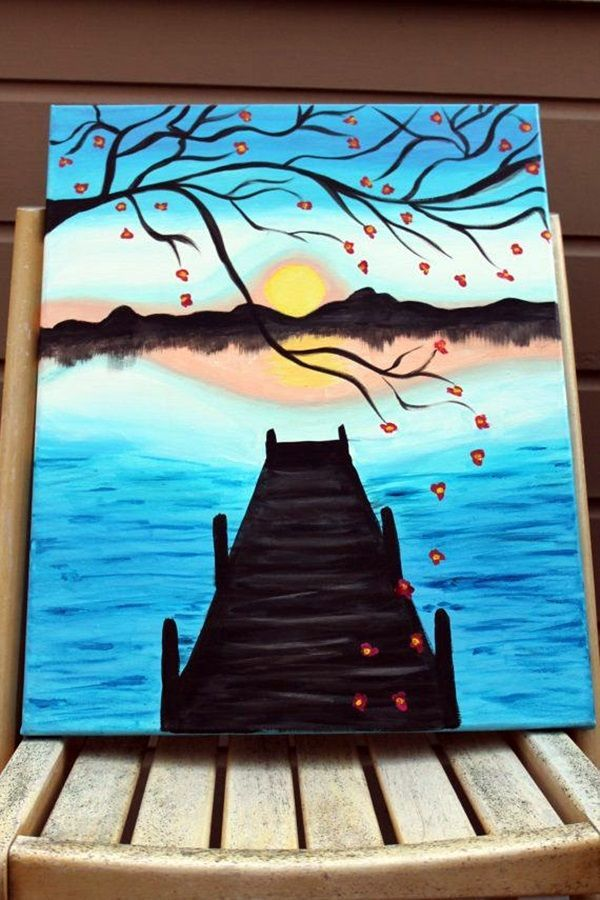
Step 6: Allow Your Painting to Dry
Allow your painting to dry completely before adding additional layers or details.
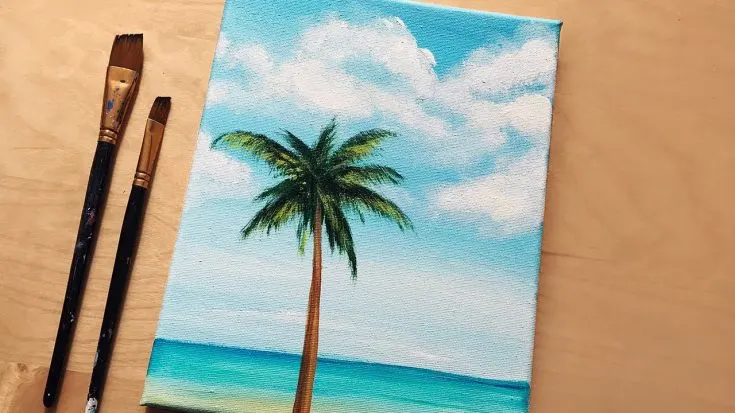
Step 7: Protect Your Painting
Once your acrylic painting done is complete, protect it with acrylic primer and a clear varnish or sealant. This will help to protect the paint and keep your painting looking great for years to come. Sizing with rabbit skin glue When priming the canvas for oil paintings, skip the wetting process but use rabbit skin glue.

Tips for Painting on Canvas
Here are some additional tips to help you create a beautiful painting on wood or canvas:
-
Use a variety of brush strokes to create texture and interest in your painting.
-
Don't be afraid to make mistakes. You can always paint over your mistakes or start again.
-
Experiment with different color combinations and techniques to create a unique painting.
-
Take breaks as needed to avoid eye strain or fatigue.
-
Use reference photos or real-life objects to help guide your painting.
How to prepare your canvas
When you’re ready to get started painting on canvas, there are a few things you should do first.
1) Decide on the size and shape of your canvas.
2) Choose the right brushes.
3) Sketch out the composition of your painting on paper before beginning.
4) Get your paints and palette ready.
5) Begin painting!
How to start painting
If you're a professional artist and thinking about picking up the brush and palette to paint on canvas yourself, this guide is for you! It will teach you how to start with basic painting techniques and build from there. Painting on canvas is a great way to express more ideas for yourself, so be sure to give it a try!
Before You Start: Preparing Your WorkSpace
One of the first things you'll need is an adequate space to work in. Make sure your surface is clean and free of dust or other debris. You can also use some preparatory steps like priming your canvas or spraying it with a sealant to help protect it. With the right art supplies and tools, you can make lovely oil paintings in no time. Once everything's ready, proceed to step two!
The Basic Techniques
When painting on canvas, the basic principles are all the same as when using any other medium: start with light layers, work gradually towards darker tones, and always allow each layer time to dry completely before adding more. Here are a few tips for getting started:
Begin by Drawing With Light Layers
When starting out, your goal should be to build up lighter layers one at a time until you have a general idea of what you want your painting to look like. This will help prevent dark shadows from appearing later on and will also make it easier to correct mistakes.
How to use a brush
If you’re thinking of picking up a brush and giving painting a try, there are a few things to keep in mind. First, make sure you have the right kind of brush for the various painting mediums you’re working with. Acrylics require thicker brushes than watercolor or oil paints, for example. Second, be patient. Painting takes time and practice to get good at it. And finally, be mindful of your canvas size-if you’re using a small canvas, your brushstrokes will be more visible than if you use a larger one.
To start painting, first determine what kind of picture you want to create. Try to imagine how it would look in real life-what colors are closest to your feelings or thoughts at the moment. Once you have an idea in mind, start sketching out your desired image or composition on paper before moving onto the canvas. If your picture is very complex or consists of many separate elements, it might be helpful to break it down into smaller sections and work on each one separately.
Now that you have your basic composition figured out, it’s time to choose what kind of paint to use. There are countless types and brands of paint out there, so it can be hard to decide which one is right for you. The most important factor is whether the paint will blend well with the other materials involved in your painting-meaning does it contain pigments that will react with other substances? riming Your Canvas If you like DIY projects and want to prime your own canvas at home, then you're going to need some acrylic gesso.
How to mix colors
There is no right or wrong way to mix colors when painting on canvas, as long as your results look good. However, there are some basic tips that will help you achieve better results. When beginning to paint, it can be helpful to use a white canvas and mix each color with a small amount of black until you have a nice, even mixture. Beige and yellow will require the most black, while blue and purple will require the least. Once you have a good base for each color, begin adding details with lighter or darker shades of each. Don’t be afraid to experiment - using different colors and layers can create amazing effects!
How to finish your painting
If you're ready to take your painting primed canvas game up a notch, we've got the guide for you! This comprehensive guide will teach you everything you need to know about painting on canvas, from choosing the right material to tips for getting the most out of your finished product. So put on your painter's hat and let's get started!
When it comes to painting, there are a few key things to keep in mind. First and foremost, make sure that your canvas is large enough so that you can properly convey your ideas. In addition, be sure to use a medium that is appropriate for the type of painting you're doing - if you're working with oils, use oil paint; if you're working with watercolors, use water-soluble paints. And finally, be patient - even if your results aren't perfect at first, practice will eventually make perfect!
Conclusion
Whether you are a beginner artist or have been painting for years, there is always something to learn. Whether you are looking to improve your skills or just want to create new pieces of art, this guide is for you. In it, we will take you through the basics of how to paint on canvas and help you develop your own unique style. We hope that this guide has helped you get started on a path full of artistic potential and future creations!
Painting on canvas painting is a fun and rewarding experience that allows you to express your creativity and bring your ideas to life. By following these simple steps and tips, you'll be able to create a beautiful painting on canvas in no time. Remember to have a fun, experiment, and don't be afraid to make mistakes.
FAQs - How to Paint on Canvas
What kind of paint should I use on canvas?
Use paint that is specifically designed for use on canvas, such as white paint such as acrylic paint, or oil paint.
How do I choose the right brush for painting on canvas?
Choose a variety of brushes in different sizes and shapes. Use a large brushes or flat brushes for filling in large areas and round brushes for adding details.
Can I paint on an unprimed canvas?
While you can paint on unprimed canvas, it is not recommended to paint dry, as the paint will absorb into the canvas and the colors may appear dull.
How long does it take for paint to dry on canvas?
The drying time depends on the type of paint you are using, but typically it can take a few hours to several days for the paint to dry completely.
Can I use watercolors on canvas?
While watercolors can be used on canvas, it is not recommended as the paint will not adhere to the surface properly and may bleed or fade over time. It is best for artists to use watercolors on paper or other appropriate surfaces.

